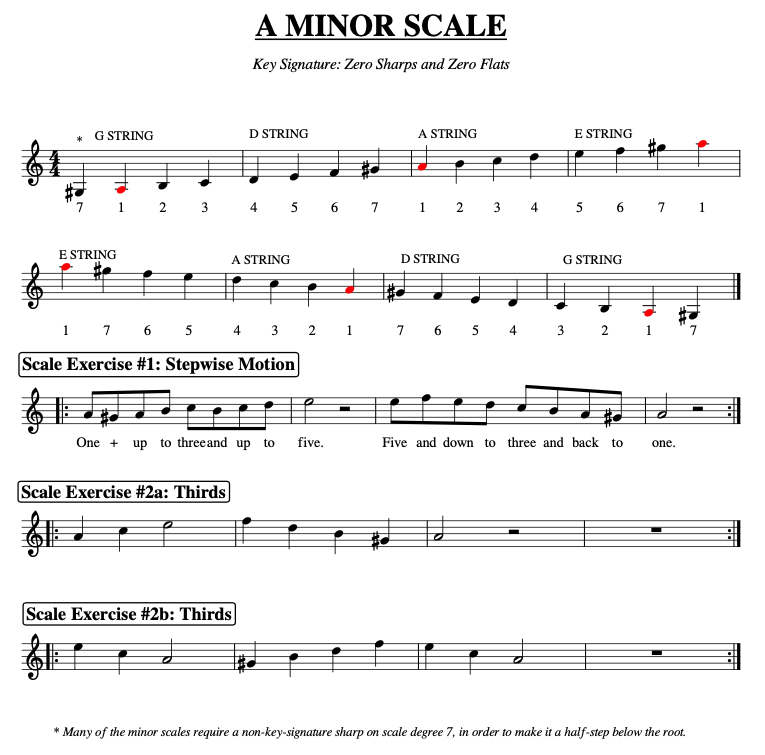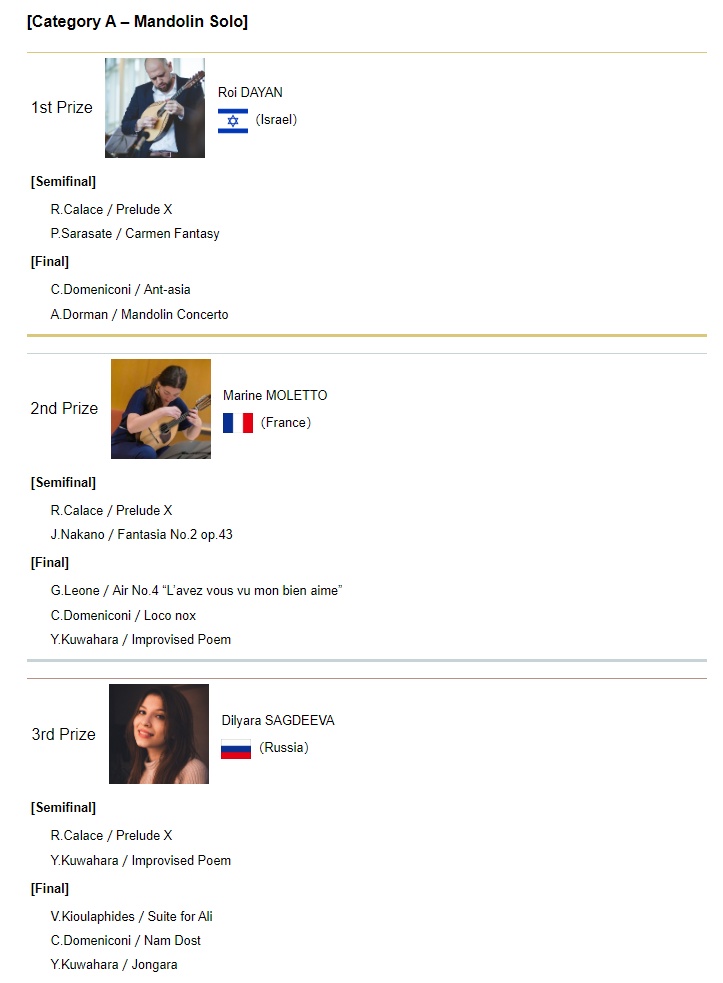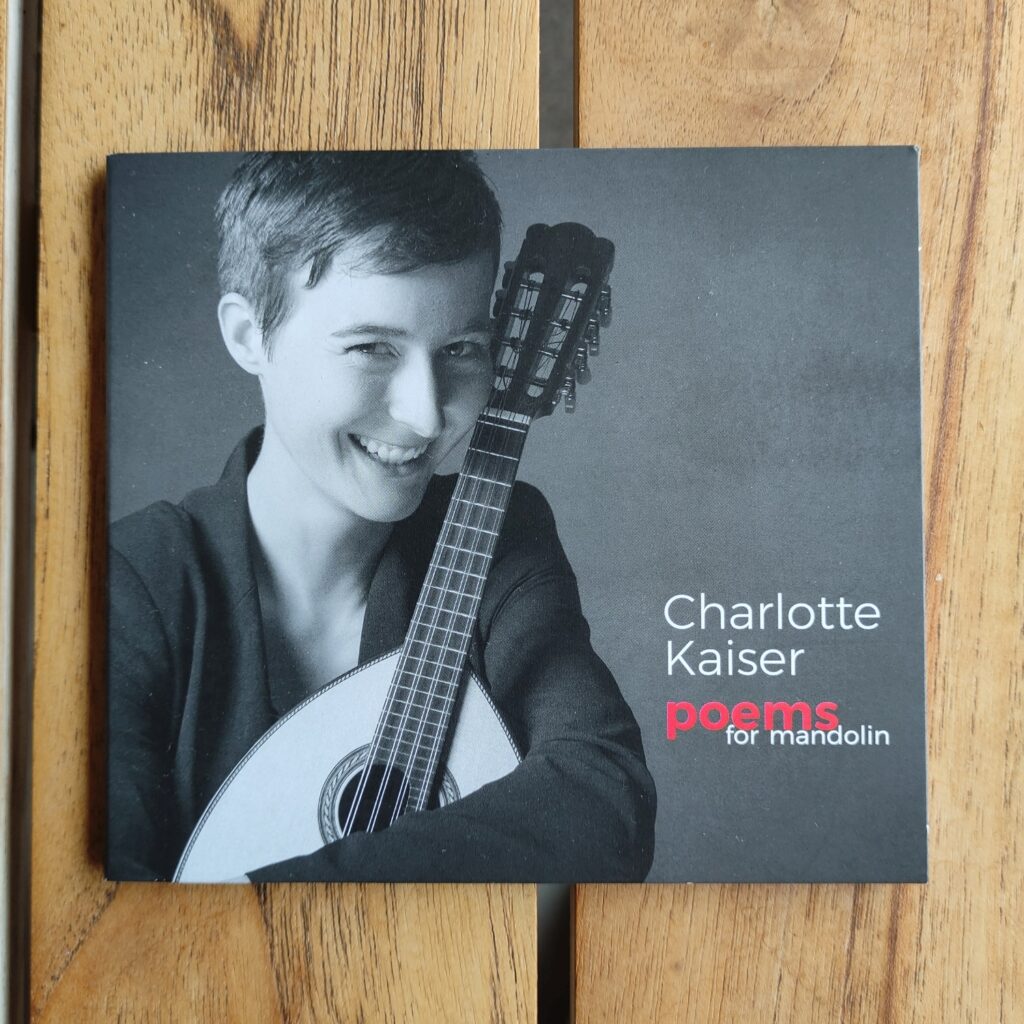What Is Cafe Shorthand?
“Cafe Shorthand” is a term I use for an informal way of notating chords on a stringed instrument. It is a method that is analogous to expressing TAB or tablature notation without the typical tablature diagram. It quickly conveys information on how to play a chord, using only a series of numbers, plus the letter “x” when called for.
As an example, a mandolin chord can be expressed like this: 0-0-2-3
To read that notation, the implication is that the mandolin is in standard tuning and the first character refers to the lowest, fattest string – the G course of strings – played open, thus the initial zero: 0-0-2-3 means G string zero fret (open).
The second place character in our example refers to the next lowest string – the D course of strings – played open, thus the second zero 0-0-2-3 means D string zero fret (open).
The third place character refers to the A course of strings, thus the number two: 0-0-2-3 means A string second fret.
Finally, the fourth character refers to thin E course of strings, thus the number three: 0-0-2-3 means E string third fret.
By this example, you can see that the character placement denotes which string, from fattest to thinnest, and the digit used determines the fret number where the string is stopped, or open (0) or muted (x).
5-2-3-x would indicate that the G string is fretted at fifth fret, the D string at second fret, the A string at third fret, and the E string is not played, or is muted (x).
That explanation may seem a bit clumsy, but once the method is grasped, it is a pretty quick and easy, down and dirty way of showing how a chord is formed, and it can be immediately understood.
This way of denoting chords can be used with any fretted stringed instrument, so you may see if used regarding guitar, ukulele, mandolin, etc.
Though many people use this sort of TAB shorthand, there is no technical name for it to my knowledge. In my own literature, on this website and elsewhere, I prefer to call it Cafe Shorthand, because the name to me conjures up the idea of informality and shortcuts. It also gives homage to my favorite website, the mandolincafe.com website, where it is in use extensively in the user forums.
This method of denoting chords has been used in the chord charts you’ll find in our Illustrated Mandolin Chord Bible … and now you know what it means and why it’s called Cafe Shorthand.
Why Interval Spellings In Chord Charts?
You will notice that virtually all our chord charts contain interval spellings beneath the chord names. These look like the following examples:
1 – 3 – 5
1 – b3 – 5 – b7
1 – 3 – 5 – b7 – 9 – 11
These are the musical intervals that make up the chord under review. Understanding the intervals, what they mean and how they make up a chord, is the first step in understanding chord building. In our chord bible, the intervals are given underneath the chord name, and beneath the intervals we also generally give the note name of each interval as it applies to the chord in question. Then, on the fingering graphic, we list the note names for each string that are actually being played when that chord form is used.
All this information is intended to help the serious student better understand the chord he or she is playing. This website also contains a growing series of articles on music theory, and as an introduction to the intervals and to chord building, the beginner is encouraged to read and understand that music theory material. You may begin by navigating to our School of Music Theory here.





























